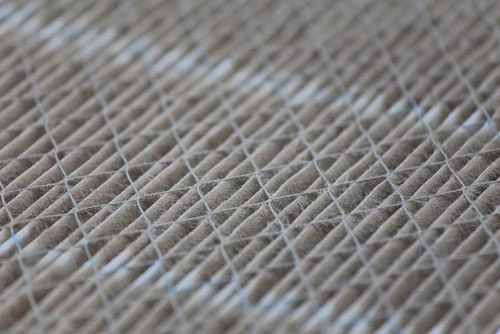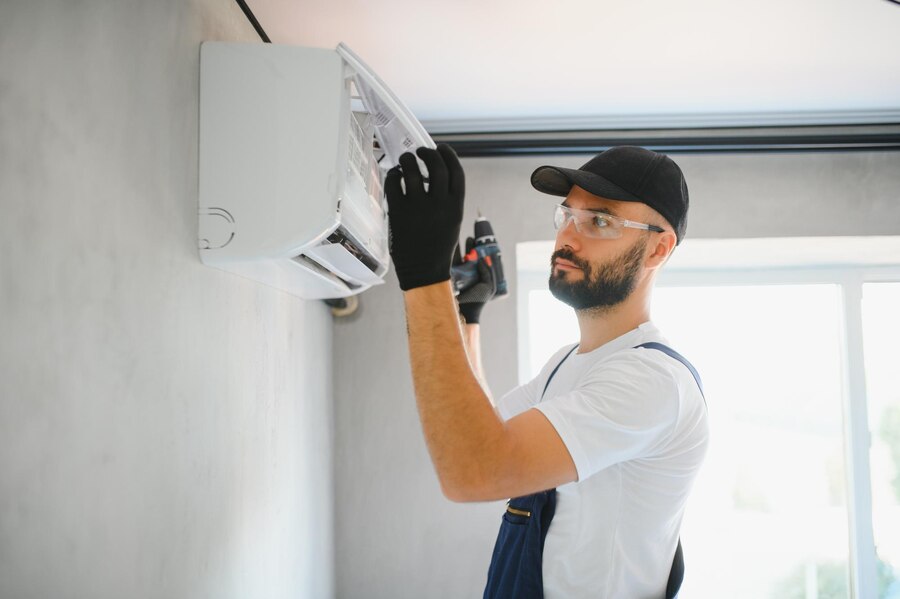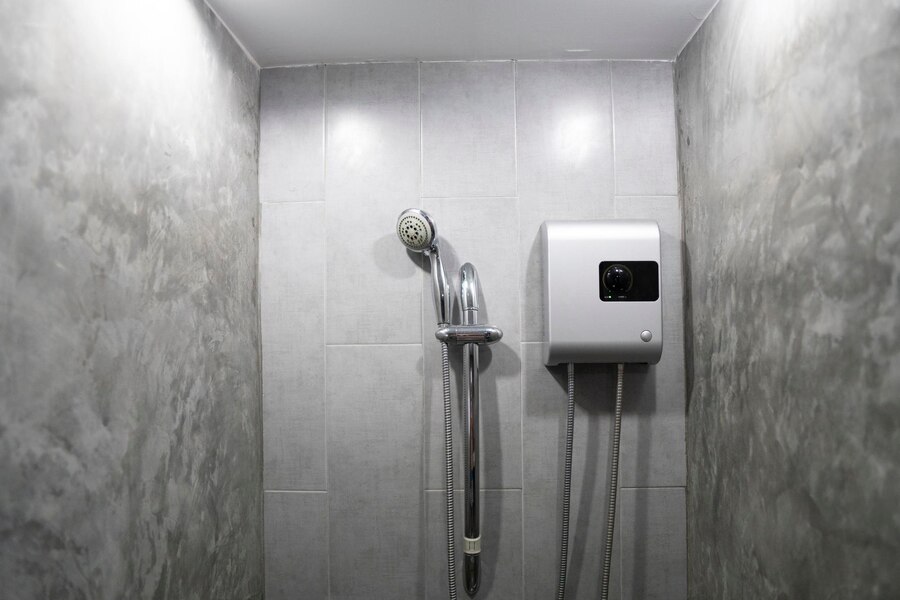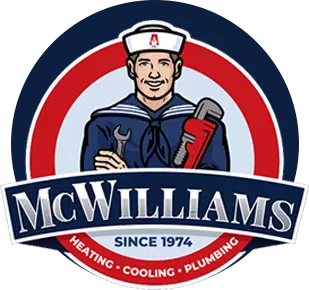Blog
Introduction
With all the different kinds of HVAC air filters available in the average home improvement store, choosing the right air filter can get confusing. Yet just grabbing the same kind you always get isn’t always a wise choice. Your filter has a measurable impact on your system’s energy efficiency and performance, as well as on indoor air quality, so you’ll benefit from taking the time to find the right one.
Equipping your system with a suitable air filter is particularly important in Texas, where the hot summers and cold winters have us running air conditioners or furnaces most of the year.
Know Air Filter Types
The first step in choosing the right air filter is becoming familiar with the types of air filters on the market. Knowing what’s available makes it easier to find a filter that will perform the way you want.
Flat Panel Filters
As the name implies, these filters are flat panels made of a fibrous material such as fiberglass, polyester or another synthetic material in a cardboard frame. While they’re the cheapest filters you can buy, they’re also the least efficient. They’re designed to keep bigger debris particles such as dirt, pollen, pet hair, and lint out of your HVAC system.
Because they have relatively little particle-trapping surface, however, they can’t catch the smaller contaminant particles that threaten your health. Among the least efficient of the flat panel types are the 1-inch disposable fiberglass filters that come standard in most home heating and cooling systems. Flat panel filters made of synthetic material are somewhat more efficient, and the more dense among can improve air quality slightly. If you find either of these in your HVAC system, strongly consider upgrading to a more efficient type.
Pleated Filters
The surface of a pleated filter is bent in an accordion-like pattern to fit in a more particle-trapping surface without increasing the filter’s thickness. These filters are usually made of synthetic material or a cotton-polyester blend. If you’re concerned about improving indoor air quality, these are the filters to look for.
Their greater surface area and density allow them to trap the tiny particles you might breathe in. That includes mitigate spores as well as the smaller particles of pollen and pet dander less efficient filters miss. Like flat panel filters, pleated filters are also disposable, but they last longer than flat filter types.
Washable Filters
At first glance, these filters seem like a good idea. After all, they save you from having to buy new filters frequently and, because you’ll be throwing out fewer filters, washable models should be the more ecologically responsible choice. In reality, these filters are usually available only in low efficiency, which means they get dirty fast. Even if you wash them regularly, they’re still likely to develop bacteria and mildew, meaning you’ll have to throw them out.
High-Efficiency Particulate Air (HEPA) Filters
To be considered a true HEPA filter, an air filter must be able to capture 99.97 percent of passing particles 0.3 micrometers or larger in size. This includes the tiniest contaminant particles, such as smoke particles, along with many viruses and bacteria. Filters labeled “HEPA-like” are typically highly efficient, but they’re not true HEPA filters.
Given all the promotions done for these filters, it’s easy to assume they’re the best choice possible for keeping your air clean. For most homes, however, this isn’t true. HEPA filters achieve their efficiency thanks to their high density. In addition to trapping particles, the dense filter material also slows down airflow. Because most residential HVAC systems don’t have a fan motor strong enough to compensate for this slowdown, a HEPA filter would damage the motor.
A portable air cleaner with a HEPA filter is the easiest choice for boosting air quality in just one room. Whole-house HEPA filtration is also an option in some homes. Depending on the design of your system, a heating and cooling professional may be able to install a HEPA bypass system in your ductwork. This system guides part of the incoming air through a HEPA filter, so eventually all your home’s air is filtered without placing strain on the motor.
Find A Filter Using The MERV System
The next part of choosing the right air filter is to decide on your preferred level of particle-trapping efficiency. While certain filter types tend to fall into certain efficiency ranges, you’ll still have to make choices about efficiency even when you know what type of filter you want.
The minimum efficiency reporting value (MERV) system makes this easy. A filter’s MERV rating is based on the percentage of particles it can trap in different size groups.
The MERV scale ranges from 1 to 20. The higher the MERV, the more efficient the filter. Once you know what type of filter you’re looking for, knowing the MERV range you want will help you choose the right air filter.
- MERV 1 to 4 – These are usually disposable fiberglass filters. Filters in this range provide a basic level of protection for your HVAC system, but they don’t clean the air. They get dirty quickly, so you’ll need to change them every one to three months. The risk in using these filters is that if you forget to change them on schedule, they can easily become so clogged they’ll impede airflow to the point they reduce system efficiency and cause excess wear on the components.
- MERV 5 to 8 – This is the range to start looking in if you want better indoor air quality. The U.S. Environmental Protection Agency (EPA) experts have found air filters with MERVs between 7 and 13 are almost as effective as HEPA filters. Because choosing the right air filter is as much about cost-effectiveness as efficiency, MERV 7 and 8 filters are the sweet spots for most homes. They do a good job cleaning the air, yet don’t cost much more than low-efficiency filters. Because these filters last longer and protect system components more effectively, they end up being cheaper in the long run.
- MERV 9 to 12 – Residential HVAC filters in this range are the higher-efficiency pleated models, usually made of synthetic material. Because they trap some 95 percent of the particles passing through, they’re ideal if efficiency is your primary concern when choosing the right air filter. If someone in your household has allergies, asthma, or another respiratory condition, look for a MERV 11 or 12 filter. They may cost a little more, but some can last up to six months between replacements.
- MERV 13 and above – Choosing the right air filter isn’t just a matter of grabbing the filter with the highest MERV. HEPA filters, which have MERVs of 17 or higher, aren’t the only ones that can interfere with airflow enough to reduce your system’s performance. This is a risk with any filter that has a MERV above 12. If you’re considering a filter in this efficiency range, talk with your HVAC technician before you buy.
Consider Your Filter’s Care Requirements
Checking the manufacturer’s recommended filter change schedule is another part of choosing the right air filter. This is typically listed somewhere on the filter’s packaging, with recommendations given based on the filter and the conditions in your home. How often you’ll need to change your filter depends on a number of factors, including:
- Type of filter
- Filter’s efficiency
- How often do you run the AC or furnace
- Your home’s air quality
- Number of people in your home
- Number of pets you have
- Outdoor air quality
If you’d like help choosing the right air filter or picking out other air quality, heating, or cooling equipment, contact one of the experts at McWilliams Heating, Cooling and Plumbing at (877) 936-1974.
Share This :
Emily
Table of Contents
Discover New Blog Posts
A weak stream of water from your bathroom faucets or shower is more than an inconvenience. It disrupts your routine and slows down basic tasks […]
Strange smells coming from your air conditioning system aren’t just unpleasant. They often signal a problem that needs attention before it gets worse. Homeowners in […]
Tankless water heaters have become a popular choice for homeowners in Cinco Ranch because of their energy efficiency and compact design. These systems are designed […]








